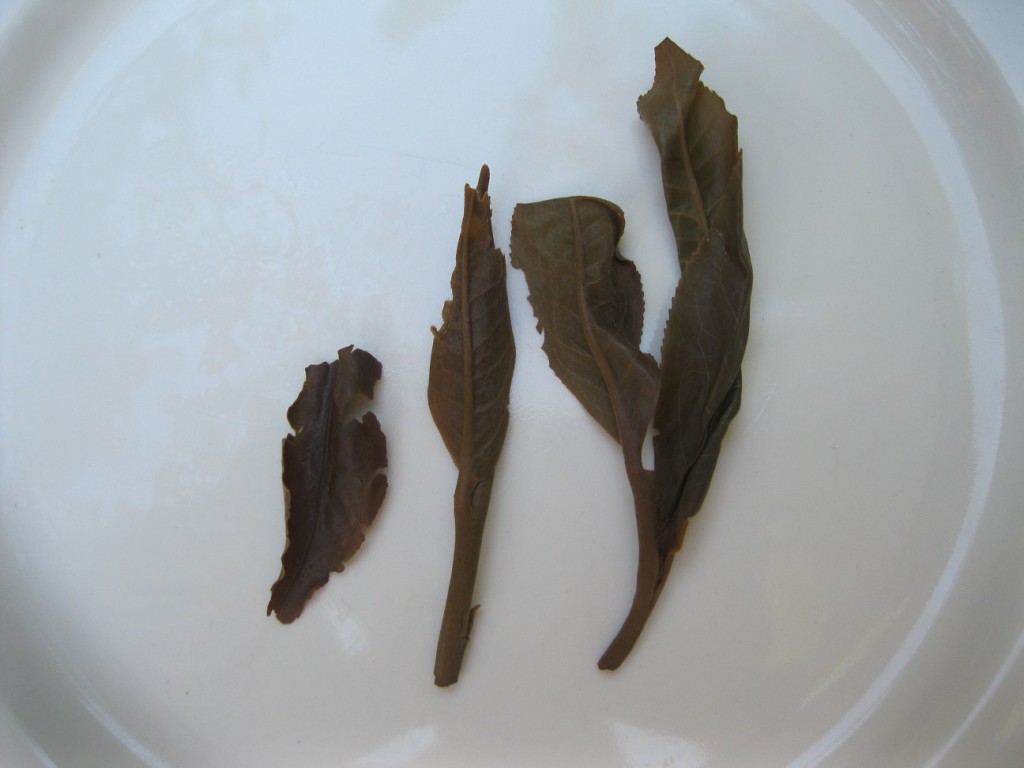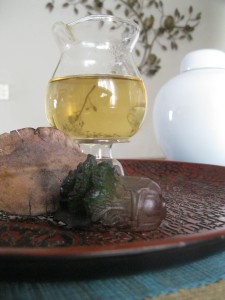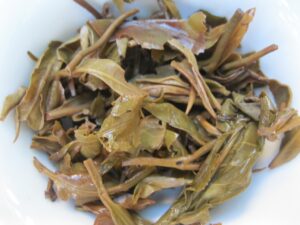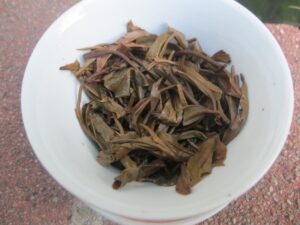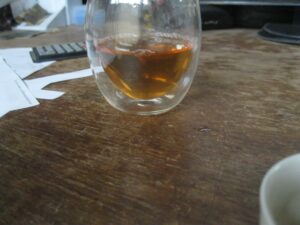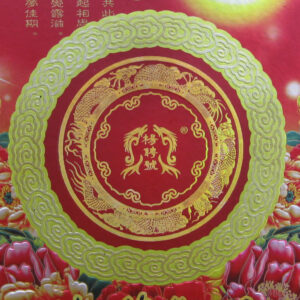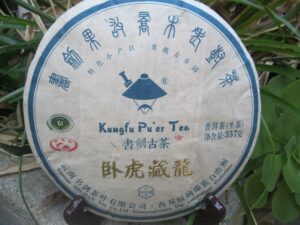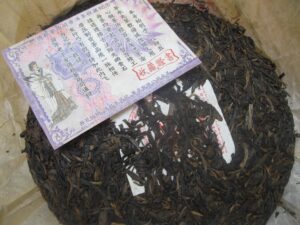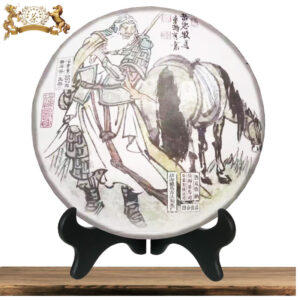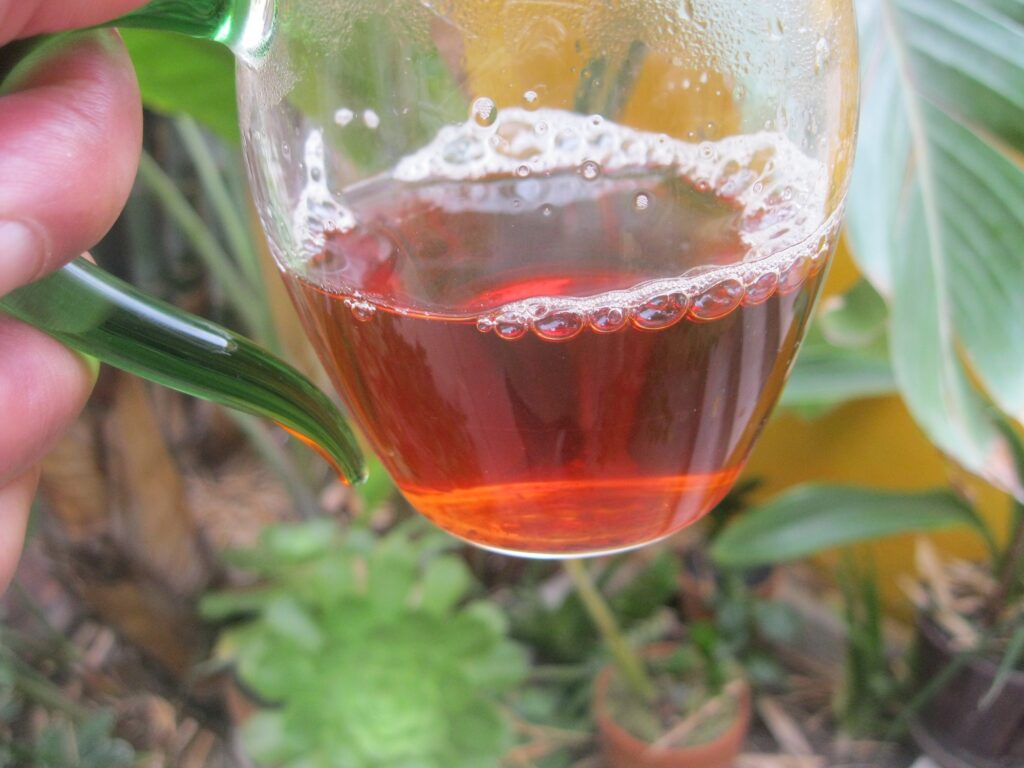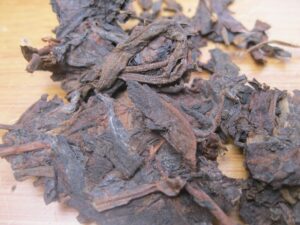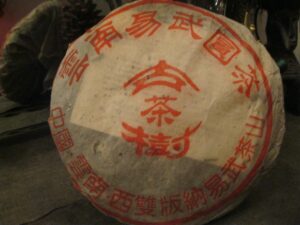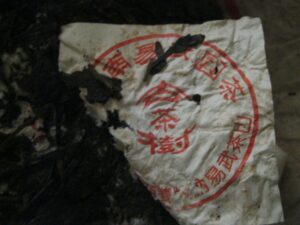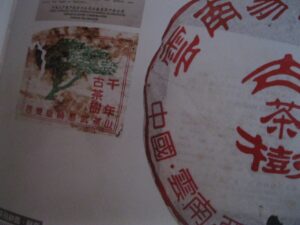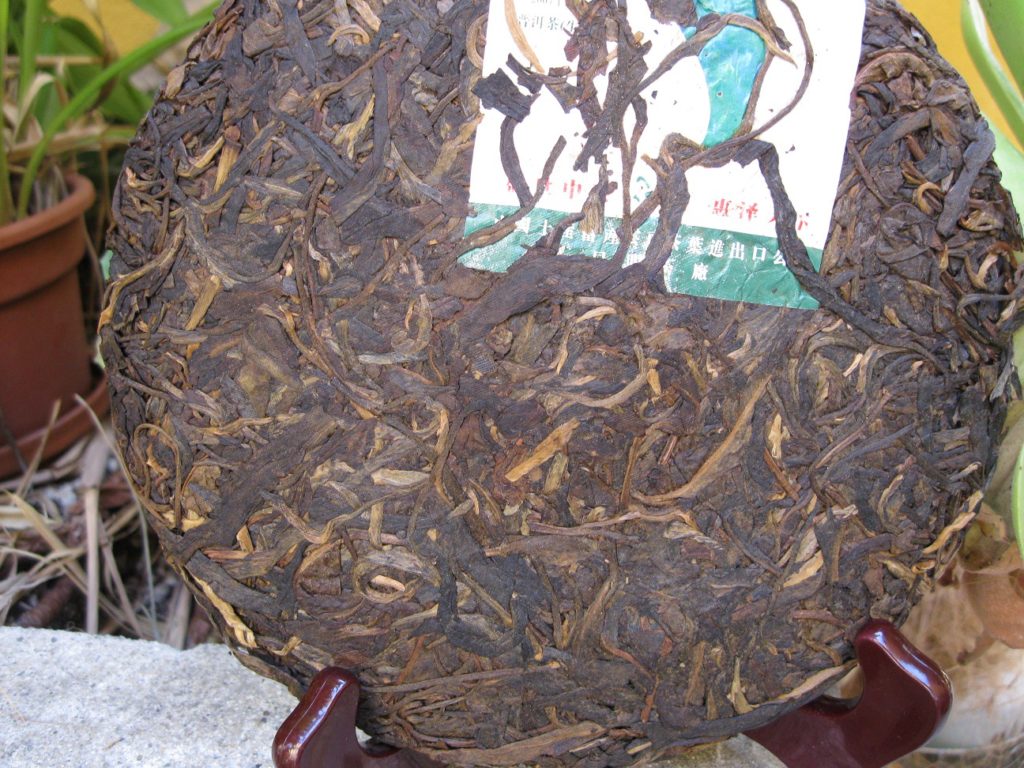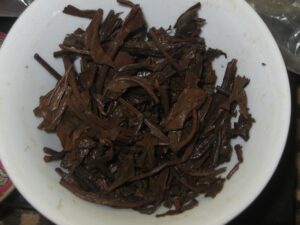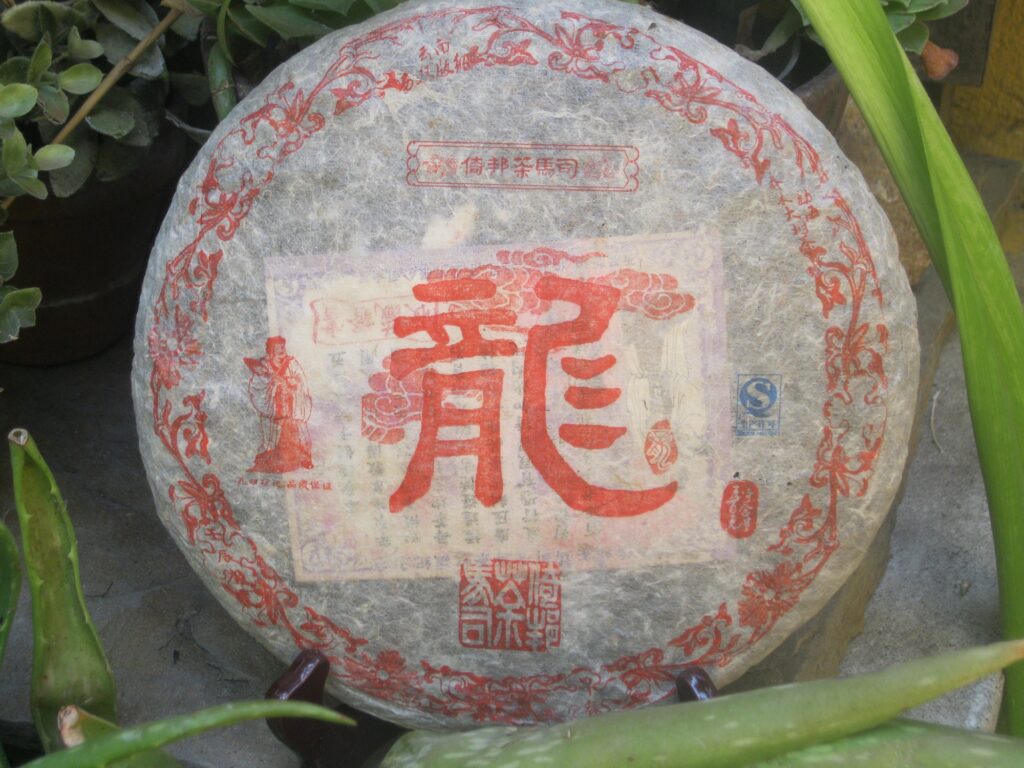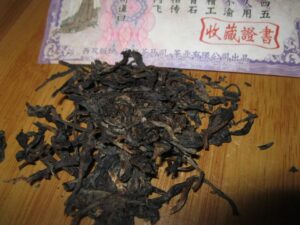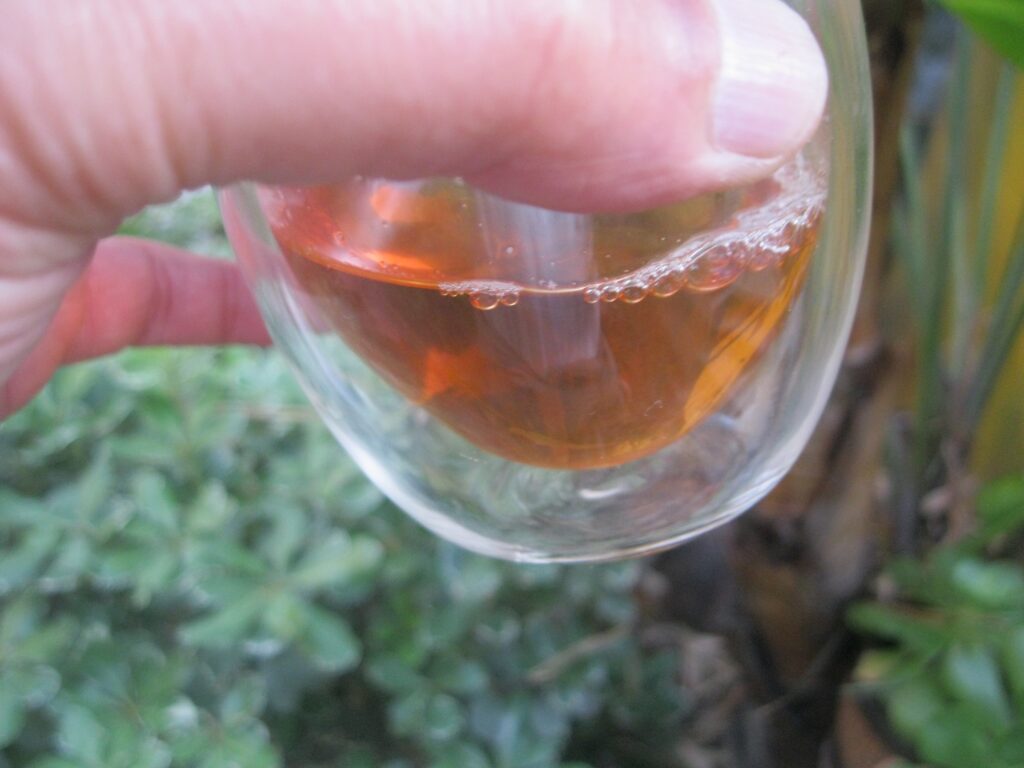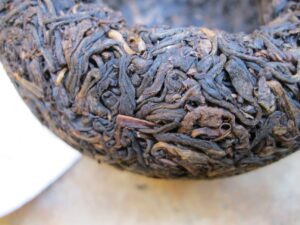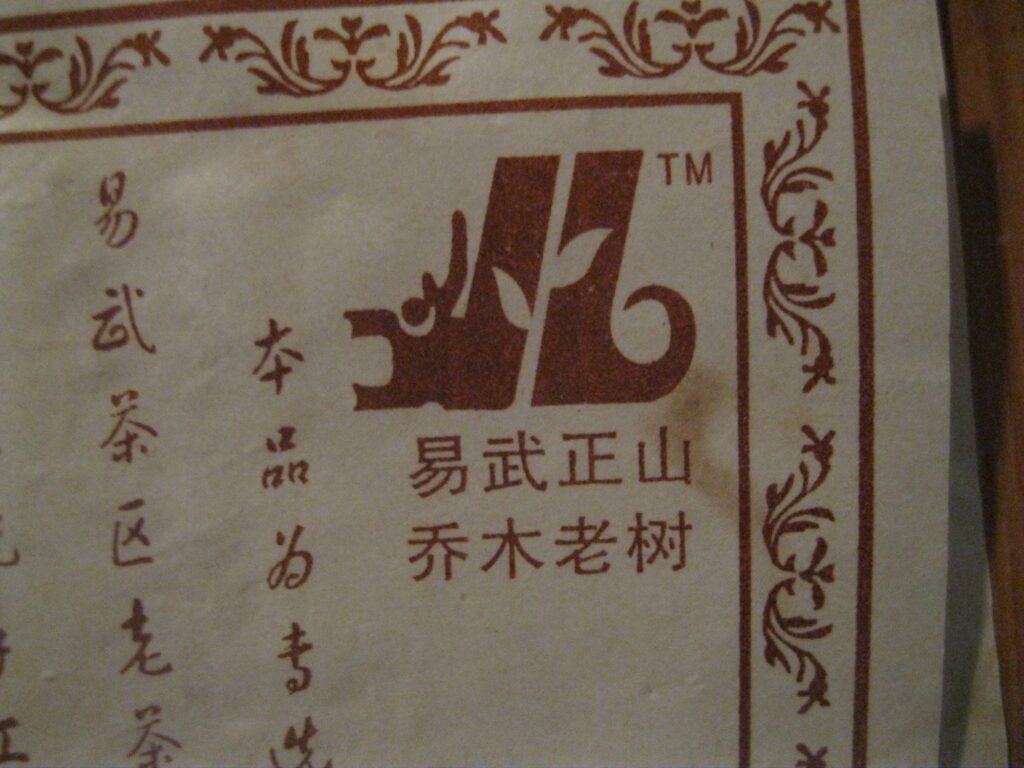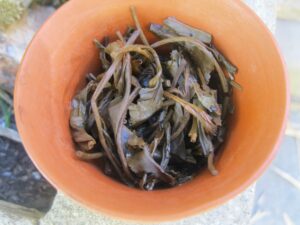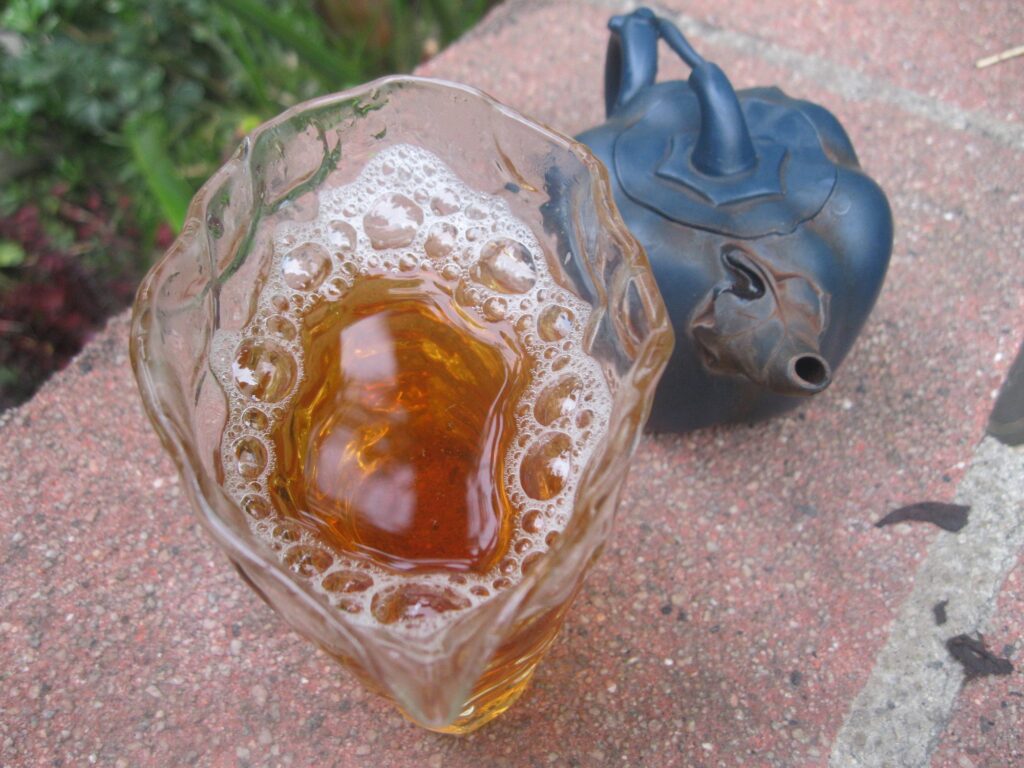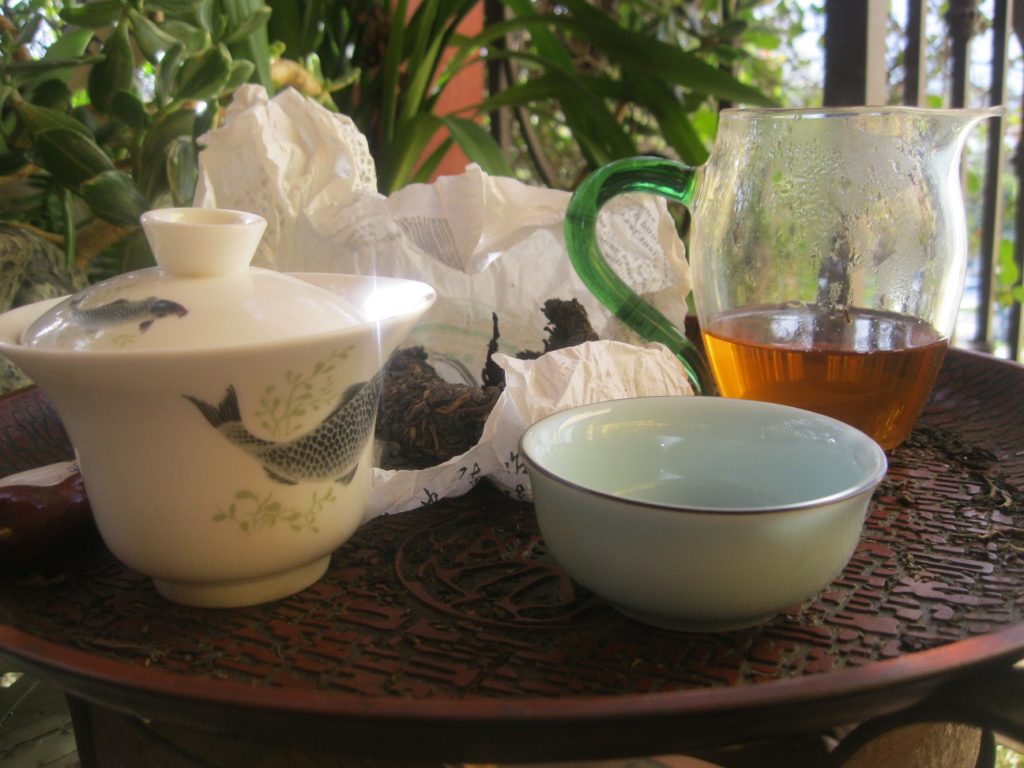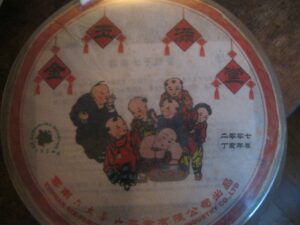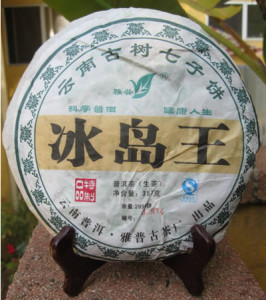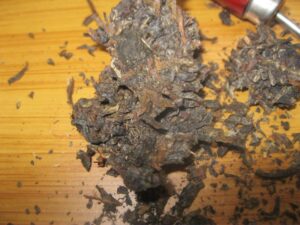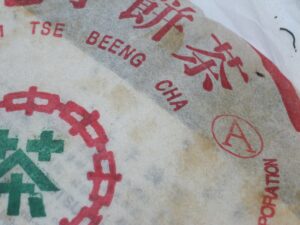Getting Orders
The best part about getting orders is that it takes my mind off all the “new” arrivals. A dragon pearl order had me stumble upon the ’14 Gedeng naked.
Gedeng is one of the six famous tea mountains of Yunnan. Don’t quote me but all the 6FTM are located in Yiwu. I’ve had this since ’14 and listed in ’15, essentially. The pic above is from ’15.
A little comparison in leaves. . .
But wait there’s more. . .
Forgive the shoddy portraiture as I capture this Gedeng in its natural setting. It seems to be a merciless creeper, astringency wise. Seems to taste like glorified water. What struck me was that the second and third infusions has a bit of bitterness that completely vanishes thereafter. I’m about five infusions in and the first got about 3-5m. It wasn’t overbearing in the least. The fifth I gave a bit of stirring. The pic above is infusion number five.
It then goes through a vous ja de aftertaste full of colour but utterly confusing because none of those tastes can be detected in the broth. The immediate mouthfeel is a low buzz before wicked astringency, from the throat all along the tongue. I haven’t felt like drinking something to offset that effect for quite a while. It’s a tea of extremes. I’m going to test with wife this evening.

